Snakes in South Texas
Being cold blooded, means hot months in the summer are much more favorable than the rest of the year for snakes. That being said, everyone should start keeping an extra eye out for them while being outdoors. Texas like many other places are home to a large variety of snakes, ranging in size and color. But, its the venomous snakes that must really be avoided. All snakes bite, but not all inject venom. There are some ways of identifying those that can harm you, but its easier to just treat all snakes like a venomous snake and keep our distance.
For example, venomous snakes have cat like eyes with vertical pupils present and a diamond shaped head. The reason they are shaped liked this is because their venom glands are located on either side of the head. Non-Venomous snakes have circle pupils and tend to have a more oval shaped head.
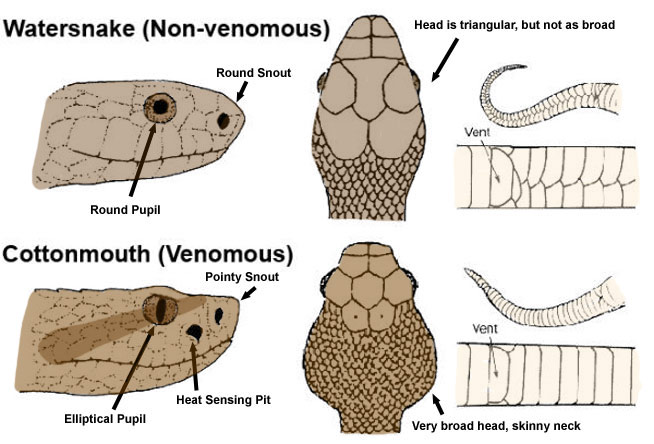
Safety Tips
The best safety tip anyone could get is to not play with snakes. Unless you are trained, or are with someone who is a trained professional. Like mentioned earlier, all snakes bite. But humans are not on their menu, and in fact will often retreat when seen. When people try and handle and mess with snakes, that when snake bites occur.
Another great tip is to get informed about the snakes in your area. You can visit websites, or carry a laminated snake identifier that helps you determine what snake you are looking at. Doing this can potentially save the snake from miss-identification and you from a heart attack. There are also herpetology events that help educate the community so that the previous idea of all snakes being bad can slowly be removed.
Texas is home to over 76 different species with 115 subspecies. But only 15 percent of them being considered dangerous or venomous. But all of them play an important part in the ecosystem and should be preserved. If you do find one of these serpents in your home, try and keep an eye on it, but do not try and catch it yourself. There are snake removal companies or even non emergency numbers that can assist with the situation in a humane way. But if you want to get informed with the snakes in your region, visit this site to get a great list of all the serpents in your area.

Common Snakes of Texas
There is a large variety of snakes that live in Texas and specifically the coastal bend. But that is not a bad thing. A large diversity of wildlife is good indicator of a healthy ecosystem. So to help inform our readers on some of the snakes that can be found in our community, we created a short list. Again, being able to identify the snakes does not mean you should try and handle them. Wild snakes are less predictable and can still bite, leaving the person vulnerable to infection. The best thing to do is treat all snakes like they are venomous and keep your distance. There is nothing wrong with admiring from afar.
Northern Diamondback Rattle Snake- Venomous
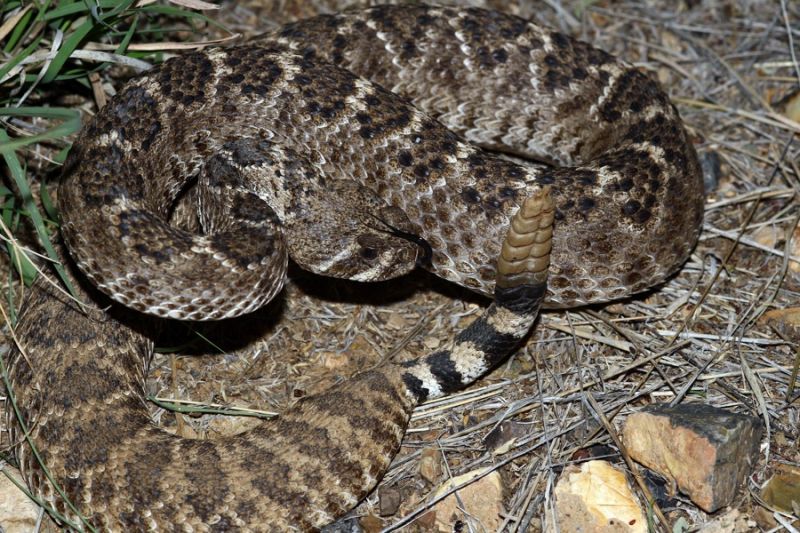
Water Moccasin (Cottonmouth)- Venomous
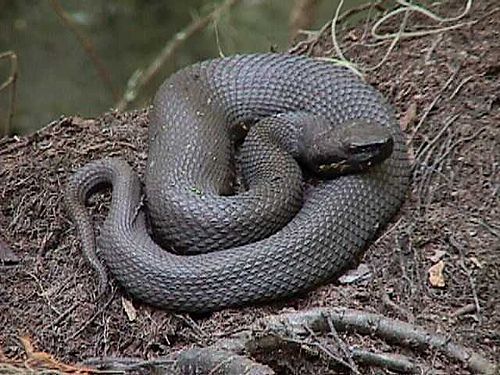
Coral Snake ( Black and Yellow)- Venomous
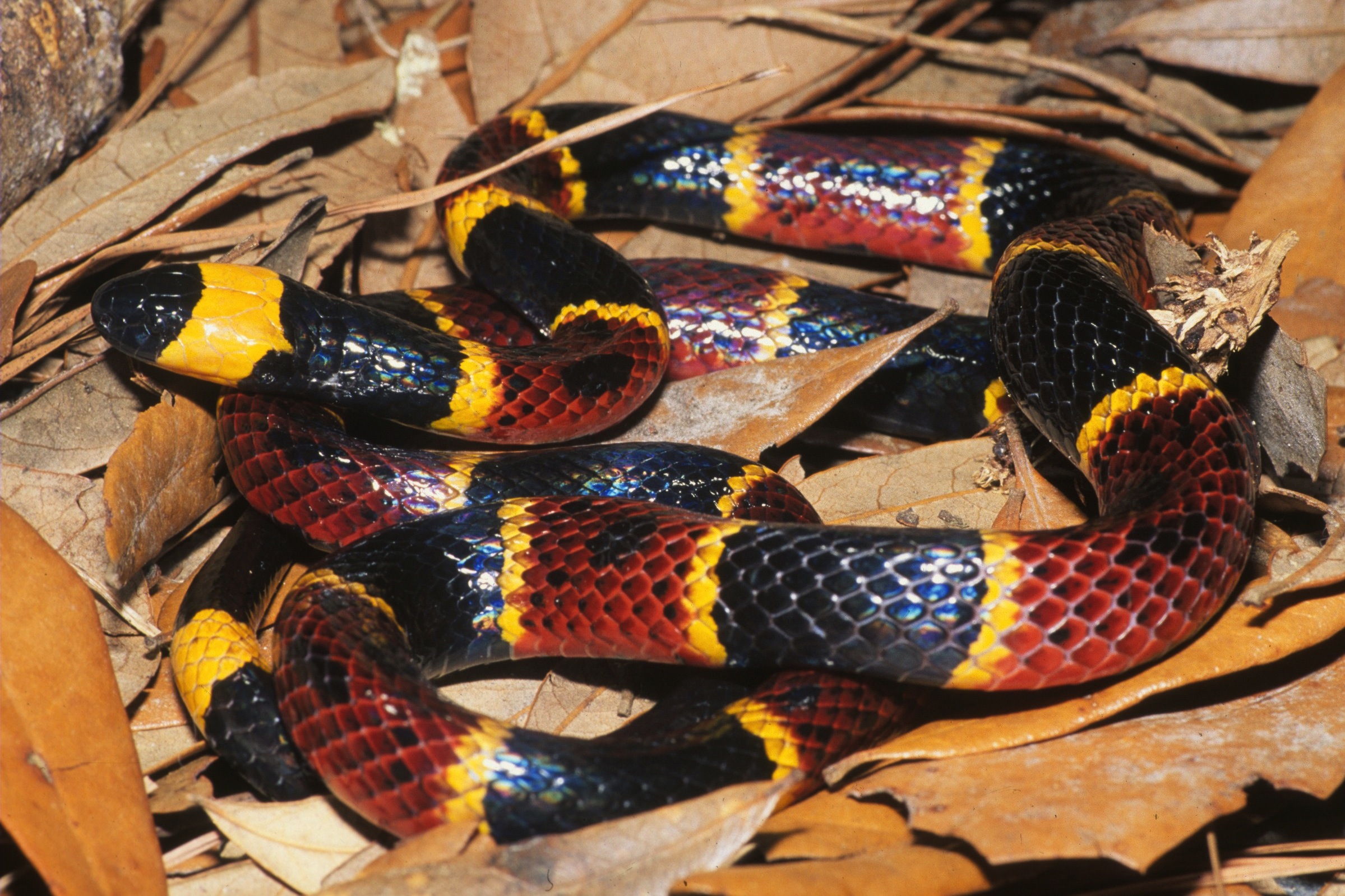
Copperhead- Venomous
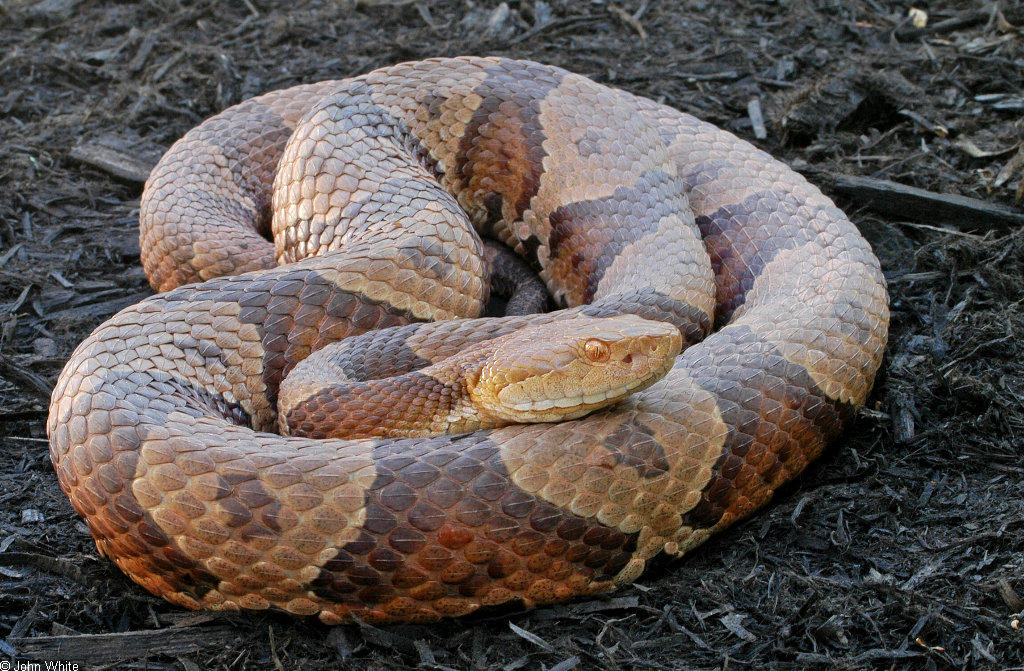
Timber Rattlesnake- Venomous
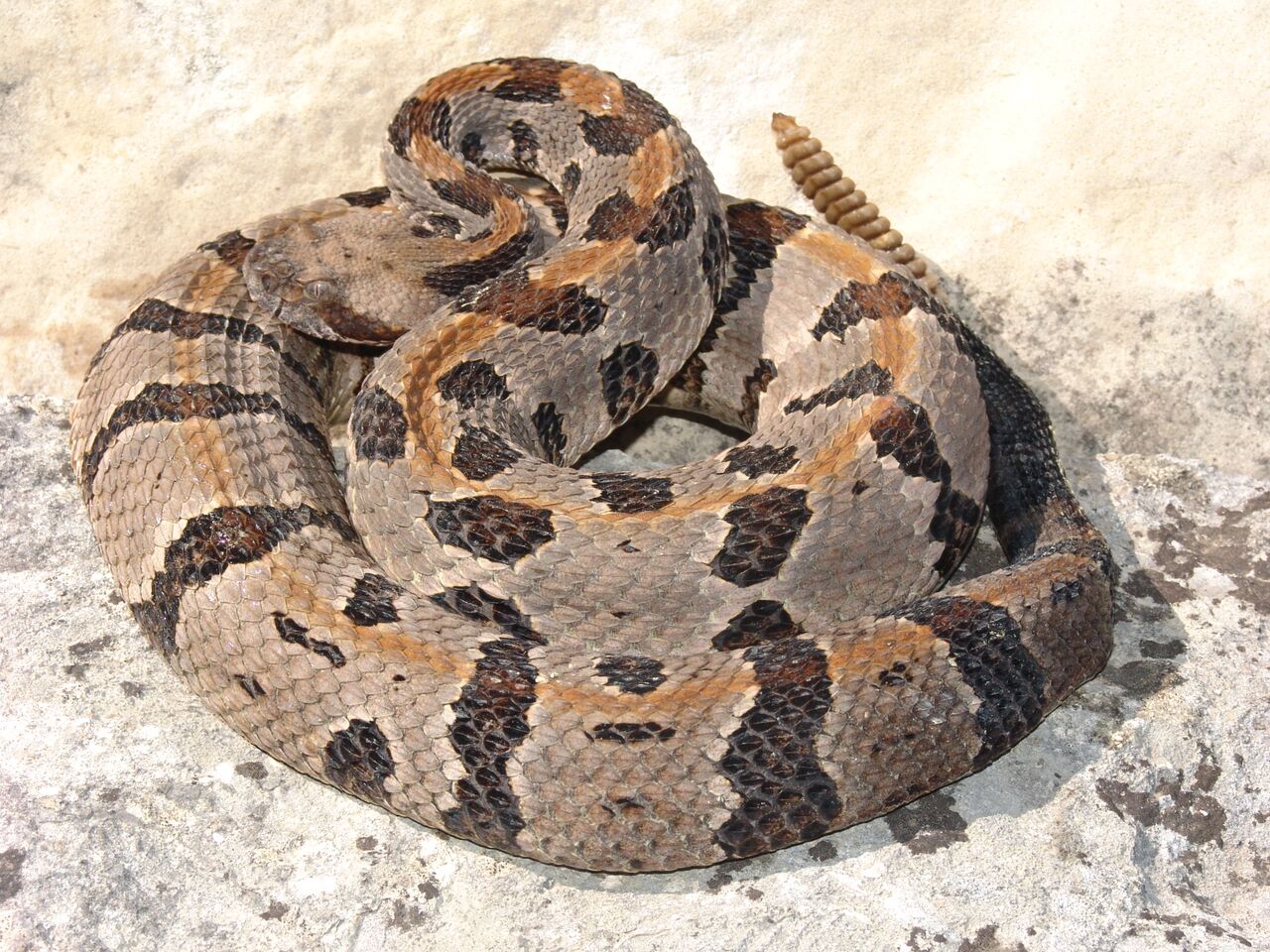
Texas King Snake- Non Venomous
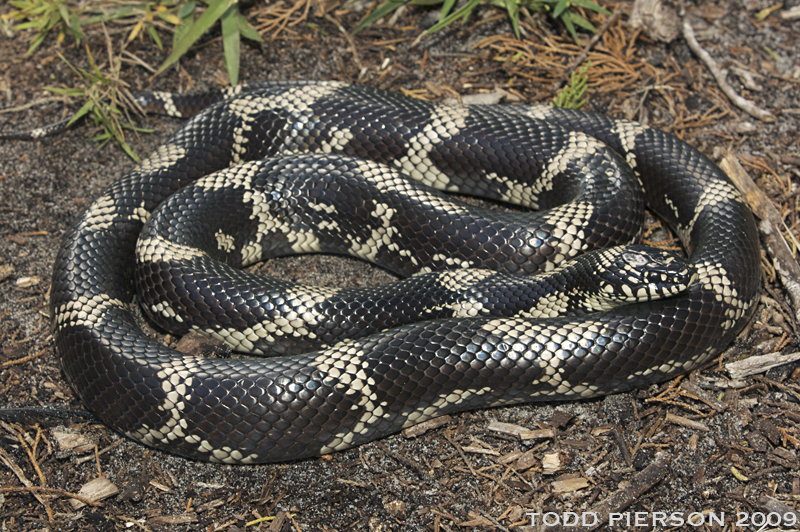
Texas Milk Snake- Non Venomous
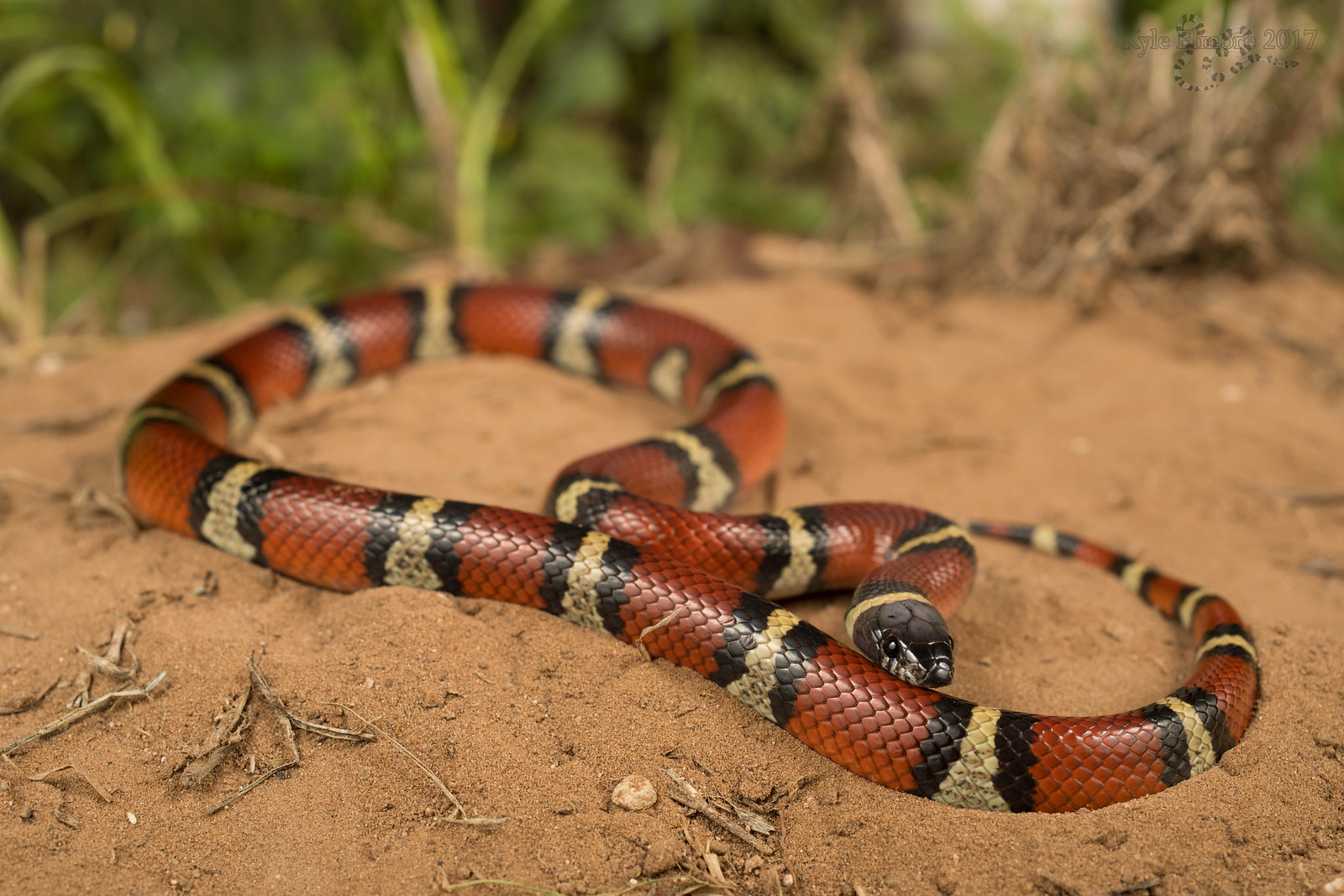
Diomondback Water Snake- Non Venomous
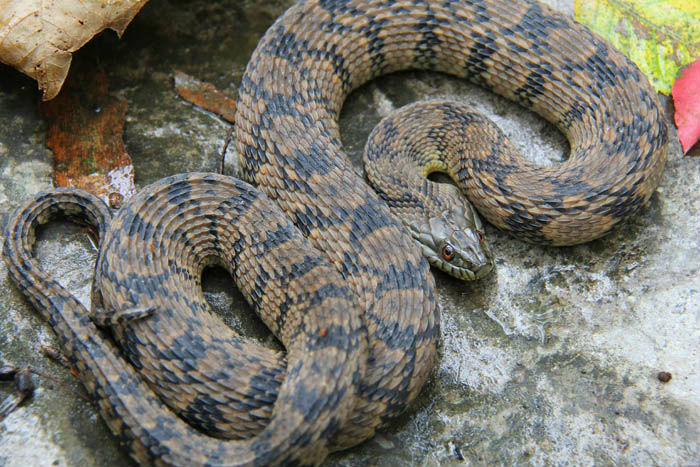
Rough Green Snake- Non Venomous
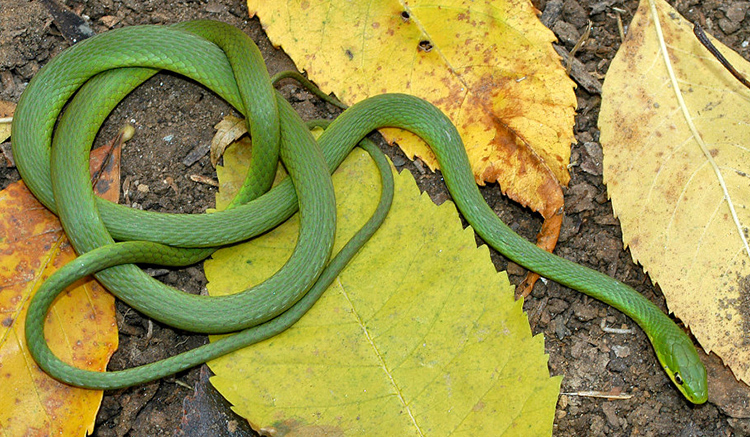
Texas Rat Snake- Non Venomous
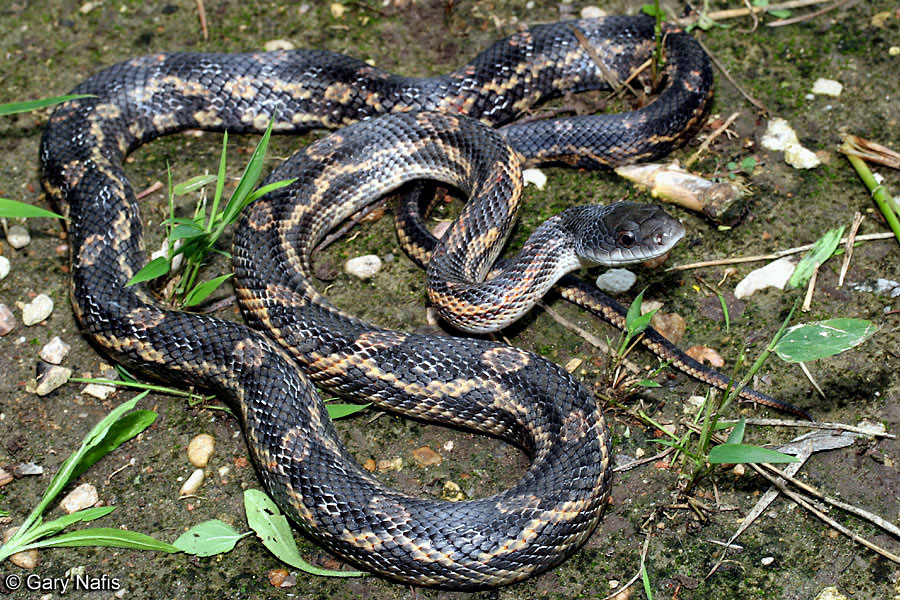
Black-Necked Garter Snake- Non Venomous
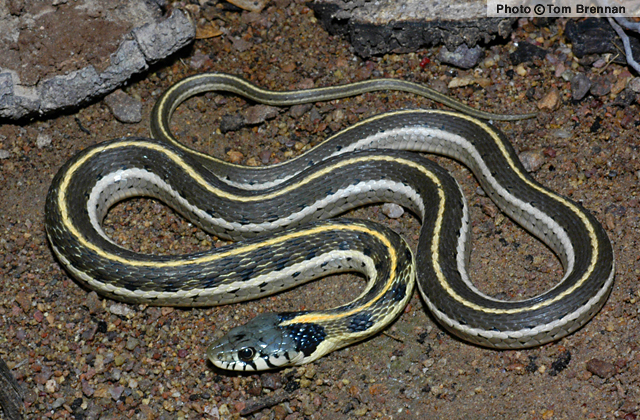
Western Ribbon Snake- Non Venomous

Think of the Snakes
Snakes unfortunately become victims of miss identification or sometimes killed because of their general appearance. But its important to remember that the few times we run into them, its because we are in their home. Neighborhoods are being built where they live, and cities are expanding into their territory. Therefore there is a urgency for everyone to become educated on snakes and understand they are simply trying to survive like everyone else. And in hot summer months, there will be more snakes. Here in south Texas it gets even hotter, so that number for us grows as well.
People should not be afraid to enjoy the outdoors, but to not forget to watch their step. Avoid picking things up off the ground, and to treat all snakes as if they were venomous. But from a safe distance take pictures and share it with us on our Facebook. We love to see everyone nature moments!






